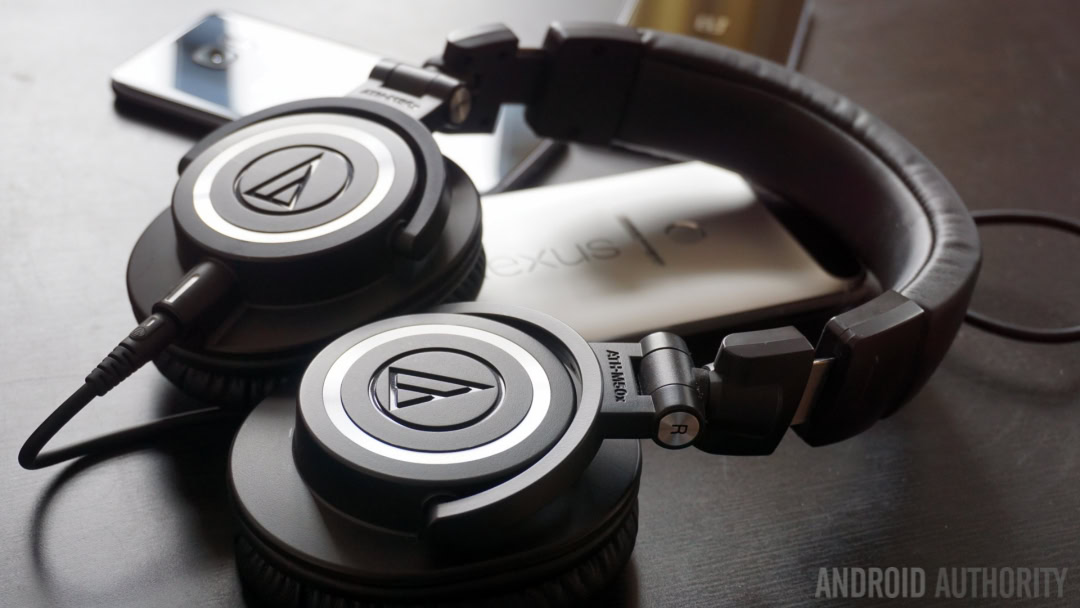What is lossless audio? - 5 minutes read

What does lossless mean?
To understand lossless audio, we’ll have to start where most things related to audio start: the human ear. Most people, barring exceptionally rare edge cases, can only hear sounds within a frequency range from 20Hz-20kHz. This can vary, and as you age it drops, but overall that’s where everything you’ll ever hear — whether from headphones or out on the street — lies. But just because you can’t hear anything else doesn’t mean other frequencies don’t exist. For example, consider a dog whistle; you can’t hear it, but your dog can. When recording music and converting it to digital, every possible frequency that a microphone can detect gets saved, even if you’ll never hear it.
Because this process preserves every last piece of data, it's called lossless.
But there’s a bit more to the story than that, because both lossy and lossless audio can also involve audio compression. There are uncompressed lossless audio files including WAV on Windows and AIFF on macOS. However, as mentioned, saving large amounts of sound data takes up huge amount of space. As a result, engineers have developed various ways to make audio files smaller. Throwing out frequencies, which is what lossy formats such as MP3 do, can lead to quite small files. Compression may also introduce other issues which comprise sound quality. Sometimes, trying to compress a sound file too much can lead to something called compression artifacts. These are unpleasant sounds the compression process itself creates and not found in the original recording. Furthermore, certain types of music might experience “pre-echo,” or hearing a sound slightly before it it actually occurs in a track due to the way compression works.
What about bitrates and HiFi?
Something that often gets tangled into discussions of lossless audio is bitrate. This is a rather complicated topic, but to simplify it here, the “debate” usually boils down to 16-bit versus 24-bit files. Bitrate refers to how often a digital representation “samples” an analog audio signal. Think of it like taking the temperature of a pot of water heating on a stove. If you dip a thermometer into the water and write down the value, you’ll eventually be able to plot how it increases over time. The more times you do this per second, the higher the bitrate.
A standard audio CD uses 16-bit audio and gets a rage of 44.1kHz — hence the name “CD-quality sound.” CD-quality is also called “HD” sound. It’s already more than double of the range of human hearing. By extension, 24-bit audio can achieve 96kHz and above. Therefore, it often gets labeled “Ultra HD.” So it must be better, right? Plus, streaming services often lump everything into “lossless HiFi streaming” to make it even more confusing.
Whether you, or anyone else, will hear a difference between 16-bit and 24-bit audio is questionable.
Not so fast. Besides the fact that the human ear cannot perceive sounds that high in frequency, we also know that because of some complicated math known as the Nyquist-Shannon sampling theorem, 16-bit audio at 44.1kHz is more than enough to perfectly reproduce any signal within the bounded frequency range of human hearing. The boosters behind 24-bit audio claim that because more samples happen per second, the resulting curves are “smoother” or less “jagged” but that doesn’t result in an any audible difference in practice. Why? Well, for one thing, the curves produced are still just as smooth. You can think of it like over-explaining a topic: you only need a certain amount of detail to convey an idea, and eventually it’s just diminishing returns.
More and more streaming services now have lossless audio available. Usually, these you’ll find this option in paid “hi-res,” “HiFi”, “HD” or “Ultra HD” tiers. Ripping the files off a CD will also give you lossless files to enjoy locally. But that’s not the most convenient option, so here are some streaming services that offer lossless audio. Keep in mind that lossless files are big, and you’ll eat up lots of data streaming them. If you’re on a plan with a data cap, it might be best to enjoy them over Wi-Fi instead. Plus, while many phones these days can handle playing back lossless files, you might need external adapters for the very high bitrate options.
Tidal HiFi is not always actually lossless
Tidal breaks down its streaming options into two tiers. HiFi is $9.99 USD a month and provides access to 16-bit tracks. HiFi Plus is $19.99 and goes up to 24-bit tracks, and it also includes spatial audio support for Dolby Atmos and Sony 360 Reality Audio. However, Tidal uses the Master Quality Authenticated (MQA) format for 24-bit files, which is, in fact, lossy. This applies to all of the 24-bit tracks, but ostensibly not the 16-bit tracks. However, this is true only if the 16-bit track is not flagged as a “master” track and was supplied to Tidal from the publisher in a 16-bit, lossless format. In contrast, tracks with the “master” tag aren’t lossless, but essentially bit-limited versions of the MQA tracks.
Can you stream lossless audio over Bluetooth?
To circumvent the bandwidth issue, Bluetooth codecs use various tricks to keep a connection stable. Certain codecs are better at this than others. For instance, the widely-available SBC codec doesn’t keep quality all that high so not much data is sent, but the connection is pretty stable. Higher quality codecs, such as aptX and aptX HD use more advanced algorithms. Certain codecs like aptX Adaptive and LDAC can actually vary their bitrate depending on the content and needs of the connection. In fact, LDAC reaches nearly CD-quality audio overall. It’s not a perfect match, but only really picky listeners would be likely to notice. There’s also aptX Lossless, which is set to debut on devices sometime this year.
Source: Android Authority
Powered by NewsAPI.org